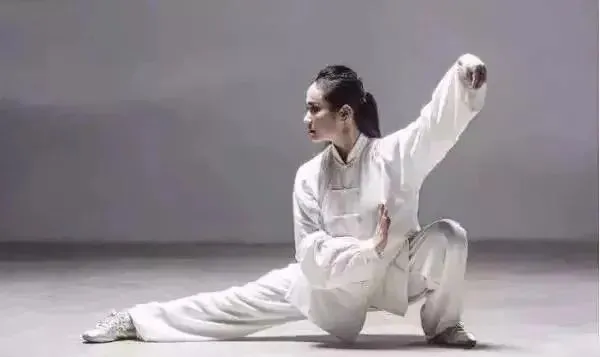
Upon seeing this title, many may think I am denying the health benefits of Tai Chi! But you are mistaken! I not only believe that Tai Chi can promote health and fitness, but it also possesses unique health benefits that distinguish it from other forms of exercise! What I want to discuss is whether the so-called “Tai Chi” you practice today is still the national treasure left to us by our ancestors.
In recent years, we often hear news of Tai Chi masters being defeated in competitions, and each time this happens, some Tai Chi masters and scholars come forward to defend “Tai Chi”. Their main argument is that with the changes in history and the development of the times, the martial function of Tai Chi is gradually weakening, while people are paying more attention to practicing Tai Chi for health and fitness.
Let us first analyze the logic of this viewpoint. According to this understanding, the martial and health functions of Tai Chi are two optional aspects; I can choose to practice martial arts, or I can choose to practice for health, and of course, I can practice both! The choice is mine based on my needs. In reality, many Tai Chi enthusiasts think this way!
So, is this logic correct?
No!
Looking through the writings of our predecessors on Tai Chi, almost all are martial classics, with very few dedicated discussions on health and fitness. This can only indicate one thing: historically, Tai Chi has always been passed down as a martial art.
Due to the unique training methods of Tai Chi, practitioners experience significant changes in their physical characteristics while developing martial skills. “Returning to the innate from the acquired, reverting to the state of an infant” is the physical state that Tai Chi aims to achieve. This state reflects the physical quality pursued by martial artists and also demonstrates unique health benefits. Just think, if your thoughts and spirit are as pure as an infant’s, and your body is as vigorous as an infant’s, what would your health be like? Therefore, the martial and health aspects of Tai Chi should be seen as a symbiotic relationship, two sides of the same coin; health is actually a byproduct of martial practice. Correct practice yields both, while incorrect practice yields neither. Our predecessors spoke plainly, yet you might think they are joking!
Personally, I believe that using health and fitness as an excuse for failures in competitions is merely a cover for the current state of Tai Chi, obscuring the fact that it is on the verge of being lost! The reason masters are defeated is that they are not practicing true Tai Chi; the real Tai Chi has basically been lost!
As I write this, many may not agree with my viewpoint, but that’s okay; differing opinions can lead to fruitful discussions. Below, I will share my understanding of the lost Tai Chi to provide more material for our future debates.
Before sharing my insights, I want to illustrate with an example that will help in understanding what I want to share.
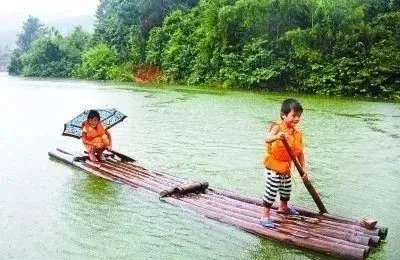
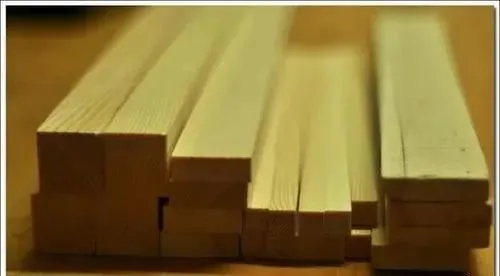
Example: If you place two blocks of wood with the same volume and mass on a table and on the surface of water, both blocks are supported by the objects beneath them. How do we calculate the support force on the blocks? Anyone with basic knowledge of physics knows that the block on the table is calculated using classical Newtonian mechanics, while the block on the water surface is calculated using fluid mechanics. The nature of these two support forces is completely different, which is why they are discussed in different chapters of physics. The properties of the objects differ, and thus the nature of the forces they produce also differs. “Different properties lead to different forces”; keep this viewpoint in mind.
Next, let’s talk about my understanding of Tai Chi, starting with “Tai Chi Jin”.
Regarding “Tai Chi Jin”, various experts and scholars have written countless interpretative articles, ranging from the fanciful to the mundane, yet I have yet to see a unified definition! The reason for this phenomenon is simple: no one possesses “Tai Chi Jin”; we are still in the stage of contemplation and understanding. I believe that correctly understanding “Tai Chi Jin” is the core standard for judging whether you are practicing Tai Chi correctly! Only by correctly understanding “Tai Chi Jin” can you correctly understand Tai Chi, and only by correctly understanding Tai Chi can you practice it correctly! Therefore, whether your body produces “Tai Chi Jin” is the only standard to verify if you have entered the realm of Tai Chi!
So, what kind of “Jin” is considered “Tai Chi Jin”?
Hold on! I need to introduce a familiar term in Tai Chi—”Huan Jin” (Changing Jin).
Regarding “Huan Jin”, various experts and scholars have written all sorts of articles, discussing arcs, angles, tangents, techniques, etc. In reality, it is not that complicated; “Huan Jin” simply means changing the force in your body! Just like in the example above, moving the block from the table to the water changes the nature of the supporting force; it is a complete transformation of the nature of the force supporting the block! The theory is that simple, and our predecessors described it very accurately as “Huan Jin”.
But you don’t believe it!
When you go home to change shoes, you don’t look for insoles or shoe covers; you directly change the shoes on your feet. So why is it that when it comes to “Huan Jin”, you refuse to change? Why do you insist on looking for arcs and angles? The reason is that you don’t believe it! You don’t believe that the force in your body can be completely changed!
What a marvelous concept! Sometimes I wonder under what circumstances our predecessors created Tai Chi and what theories supported the invention of Tai Chi training methods. Just thinking about it is admirable! However, today, many people in our country are filled with arrogance and prejudice towards our predecessors and traditional culture, believing that we are advanced and that our ancestors were backward! We are scientific, and they were superstitious! If we don’t understand something, we dismiss it as nonsense; if we can’t comprehend it, we take a negative attitude! How tragic! It is this arrogance and prejudice that has left our excellent culture of Tai Chi fragmented and devoid of meaning, leaving only a hollow framework.
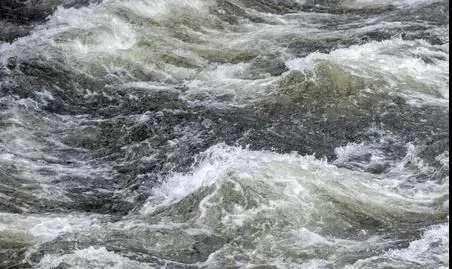
Continuing with Tai Chi, as mentioned in the previous example, different properties of objects produce different properties of forces. Therefore, to change the nature of the force, one must first change the properties of the object. To achieve “Huan Jin” in Tai Chi, one must transform the solid characteristics of the body into properties similar to those of liquids or gases. Imagine standing as a mass of water or a mass of air. If you can grasp this point, you will not question the training methods of Tai Chi: relax, relax, relax—this is Tai Chi! All combat arts in the world pursue the three elements of strength, speed, and technique, while Tai Chi emphasizes relaxation, letting go, and slowness, responding to change with constancy!
Thus, many believe that Tai Chi cannot be a combat art, and some experts say that Tai Chi was once a martial art practiced quickly, but later slowed down for health benefits. This is mostly nonsense from those who do not understand. The true purpose of practicing Tai Chi this way is to change the physical characteristics of the body, transforming the solid characteristics into a state similar to that of a liquid, thereby removing the leverage forces in the body and replacing them with an internal force similar to buoyancy, which is called “Tai Chi Jin”! This is the natural expression of internal energy after the body is relaxed and empty. If you experience this phenomenon in your body, I congratulate you; you have entered the realm of Tai Chi practice!
Next, I want to discuss the “Eight Methods of Tai Chi”. Today, there is a lot of promotion of the “Eight Methods, Five Steps, and Thirteen Forms”. Personally, I am quite opposed to this, as it misleads the understanding of Tai Chi enthusiasts. The Eight Methods are not eight movements; they are the eight major “Jin Methods” of Tai Chi.
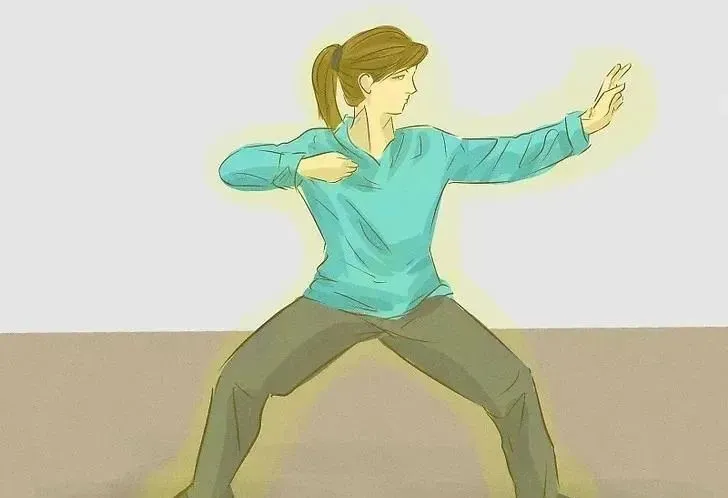
This is something many people still do not understand! No worries, let me give you another example. For instance, in swordsmanship, if I have a sword, I possess the basic ability to cut, but I am not yet skilled enough to hit a master, so I need to practice a set of methods for fighting with a sword. This set of methods is called “swordsmanship”. Similarly, what is the “Jin Method” of Tai Chi? It is the method of using the “Tai Chi Jin” in combat after you have developed it in your body. “Tai Chi Jin” resides within the body; it cannot be grasped and waved around like a sword; it must be driven by consciousness and operate according to the changes of Yin, Yang, and the Five Elements. This theory is quite profound, and I will not elaborate here; we can discuss it later. In summary, the “Eight Methods of Tai Chi” are the essence of Tai Chi; they are not merely eight movements.
After explaining several core terms, let’s briefly describe the goals and steps of Tai Chi training:
1. Through relaxation and non-forceful training, change the solid characteristics of the body so that it can exhibit liquid characteristics during movement. The state of flowing like clouds and water is roughly this state. It is important to note that you must become “water” yourself, not just mimic the appearance of water; these are fundamentally different. At this stage, a verification method is that when someone pushes you, they cannot push you away; if they push hard, they will find no support and feel as if they are passing through your body; this indicates you have achieved relaxation.
2. “When the properties change, the nature of the force changes”—we discussed this earlier. Through “Huan Jin”, replace the leverage forces in your body with the buoyant-like Tai Chi Jin. You do not need to practice this deliberately; once your body is relaxed and empty, the internal energy will naturally emerge, and you will recognize it clearly.
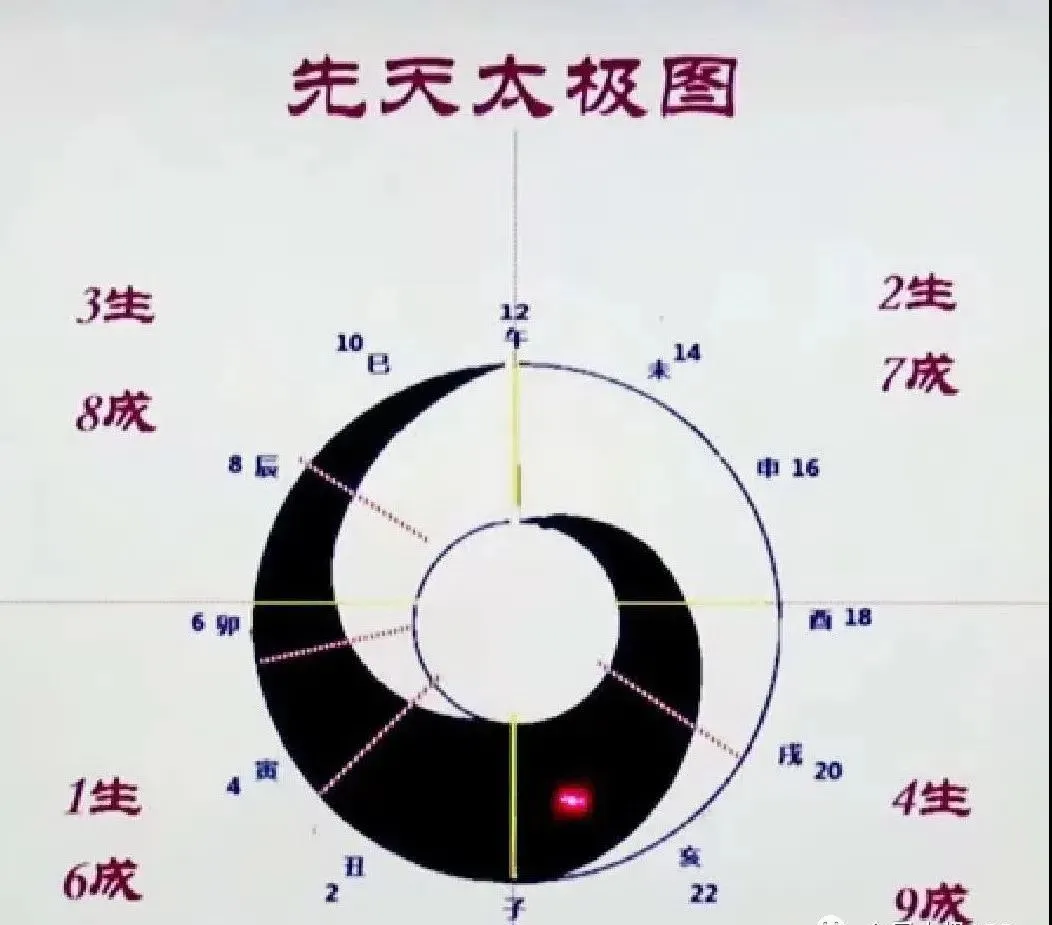
3. Once you have “Tai Chi Jin”, you should train according to the theories of Yin, Yang, and the Five Elements, aiming to make this “Jin” powerful and responsive. Concepts like “opening and closing” and “spiral wrapping” are all part of this stage, which is relatively difficult to practice. It determines whether your Tai Chi level can ascend to a new dimension, allowing you to deliver a dimensional strike to your opponent! What is a dimensional strike? It means that the combatants are not on the same level, similar to a machine gun against a spear, or a missile against a machine gun; this difference in levels results in effects like “sticky hands and immediate strikes”. Our predecessors, such as Yang Luchan, Sun Lutang, and Chen Fake, must have reached this dimension.
4. Push hands training.
Having the ability for dimensional strikes is not enough; you must also be able to flexibly apply this ability in combat. Push hands is an excellent low-intensity training method unique to Tai Chi.
5. Disengaging hands and free fighting training.
At this stage, all combat arts worldwide enter this high-intensity confrontation training phase; the only difference lies in the different abilities of the body used.
The above five stages are a simplified model of the Tai Chi training process, intended to help you correctly understand what should be called Tai Chi. The real theories and training are much more complex, which is also a significant reason why Tai Chi is not easily passed down.
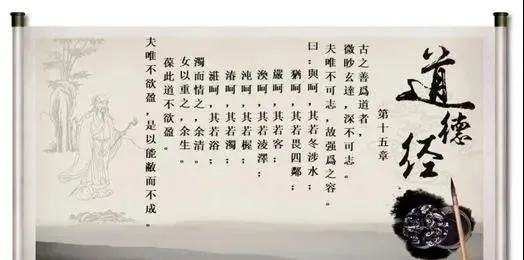
Now, we can define Tai Chi!
Tai Chi is a martial art that uses a relaxed movement approach to change the original characteristics of the body, mobilizing internal energy for combat. Because its training methods follow the changing laws of Yin, Yang, and the Five Elements, we refer to it as a carrier of traditional Chinese culture.
I have explained what Tai Chi is; fellow practitioners, how do you feel now?
Some may have questions: I have practiced Tai Chi forms for years, even decades; you haven’t mentioned a word about them. Does that mean practicing forms is not important? Is what I practice not Tai Chi?
This is a good question!
Are the forms Tai Chi? That depends on how you practice! The forms are very important; they are essentially the carrier of Tai Chi’s operation. If you incorporate the theories, training methods, and training goals of Tai Chi into your practice, then you are practicing Tai Chi! If you are unaware of these or have a vague understanding, can what you practice still be called Tai Chi? In reality, many practitioners have been training for years without a clear understanding of what they should be practicing. As a result, they focus on making their movements beautiful and visually appealing, leading to debates about Tai Chi exercises, Tai Chi dance, and Tai Chi forms! This is a manifestation of unclear understanding in society.
Here, I want to comfort friends who practice “dance” and “exercise”; there is nothing wrong with practicing this way. Physical exercise is only related to two things: first, a joyful mood, and second, moderate exercise. If you persist in these two points, any form of exercise can achieve fitness goals. Moreover, those who claim to practice traditional Tai Chi are essentially not much different from you; they have not achieved the “return to the infant” effect. As I mentioned, Tai Chi is on the verge of being lost; everyone is practicing similarly, so there is no need to get caught up in it!
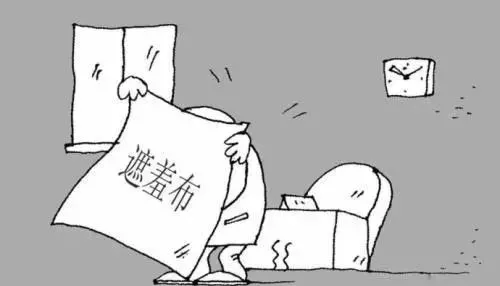
Finally, let’s examine what the “cover” is actually hiding.
Today, we promote Tai Chi in the name of fitness. Despite the government’s significant efforts, it has not changed the trend of Tai Chi being marginalized in society. The core issue is the blurred understanding of Tai Chi as a “product”. Even when discussing fitness, it is difficult to articulate the essential differences between Tai Chi and other forms of exercise.
The public has its own logic; young people engage in running, jumping, and throwing, middle-aged people dance in public squares, and elderly people practice Tai Chi. The characteristics of relaxation and slowness in Tai Chi easily lead people to categorize it as a fitness activity exclusive to the elderly, and this misleading perception is a significant harm to the inheritance of Tai Chi. Some have even questioned whether Tai Chi, as a sophisticated combat art, ever truly existed in history. To refute such doubts, merely flipping through historical records and discussing biographies of famous figures is far from sufficient. There must be a complete theoretical system that connects the peculiar training methods of Tai Chi with its powerful combat capabilities. This theoretical and training system is the true cultural treasure of Tai Chi that we must inherit!
How to excavate and organize the theoretical system of Tai Chi to restore its combat attributes is a task that the Tai Chi community must complete today! The importance of this task is precisely what the “cover” has obscured!
The practice of Tai Chi is a long and arduous process. Starting to learn Tai Chi at fifty or sixty years old will not yield true Tai Chi. If we cannot take immediate action to excavate and organize the theoretical system of Tai Chi and inspire young people to engage in this sport, the treasure of Chinese culture, the pearl on the crown of human martial arts—Tai Chi—will forever be sealed in the river of human history!

